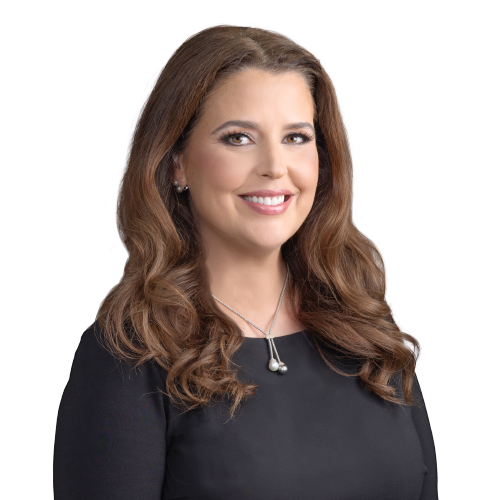Revived Prospects for Patenting Financial Product Inventions
Reynolds Porter Chamberlain reports that the number of insurtech patents filed worldwide has increased significantly in recent years, on innovations as diverse as a behavior analytics system to evaluate risk based upon social media posts to a mobile app to speed up the claims process for people affected by natural disasters. Other granted patents include improvements in telematics systems, Internet of Things devices to monitor homes, and artificial intelligence-based applications. Several patent applications have also been filed in connection with smart contracting platforms and cybersecurity and encryption inventions.
So how can one determine whether an insurance or other financial product feature is patentable? One key is whether the feature can be achieved using a pencil and paper. Automating what used to be a manual process is less likely to be patentable. But creating a technological solution to a problem that could not otherwise be done manually should be considered for patent protection.
For example, one recently granted patent is directed to a “highly intuitive” user interface that dynamically adjusts a proposed retirement plan depending upon a user’s real-time input of financial goals. Although tracking changes in a spreadsheet has been held in the past to be “mere automation” of a manual process and therefore not patentable, these particular claims were directed to a specific method of interacting with a user-friendly interface and therefore were found patentable. The difference is that the solution helped a user navigate through a complex system that was dynamically updating in real time and could not be done manually.
So, in the coming decade, look beyond new products to the processes that enable users to interact with them. A patentable invention just might be waiting.


